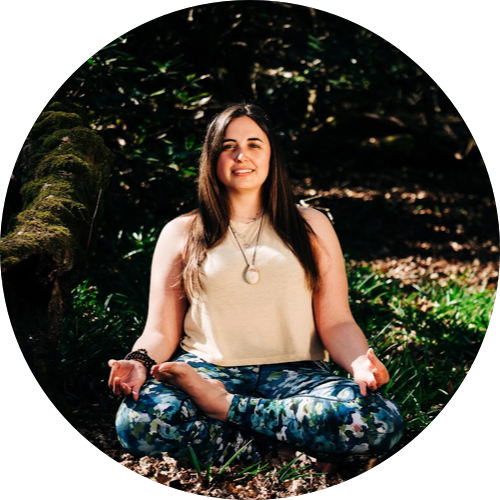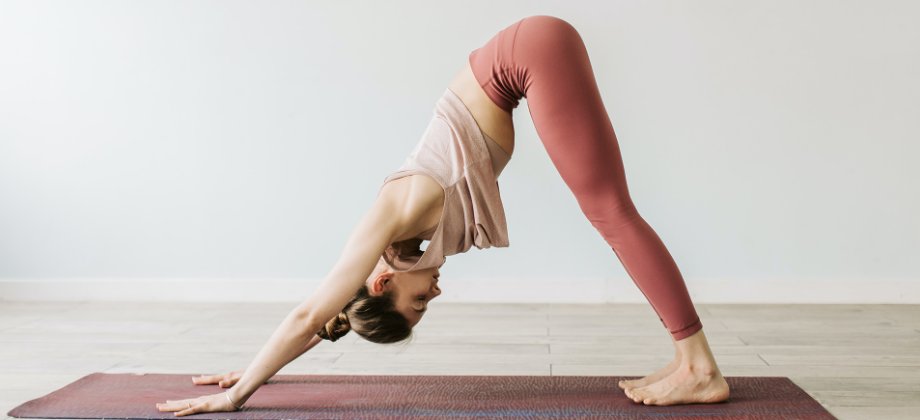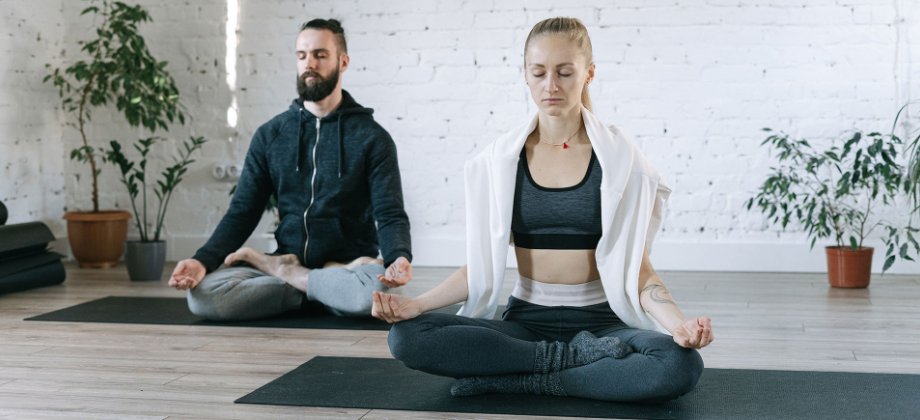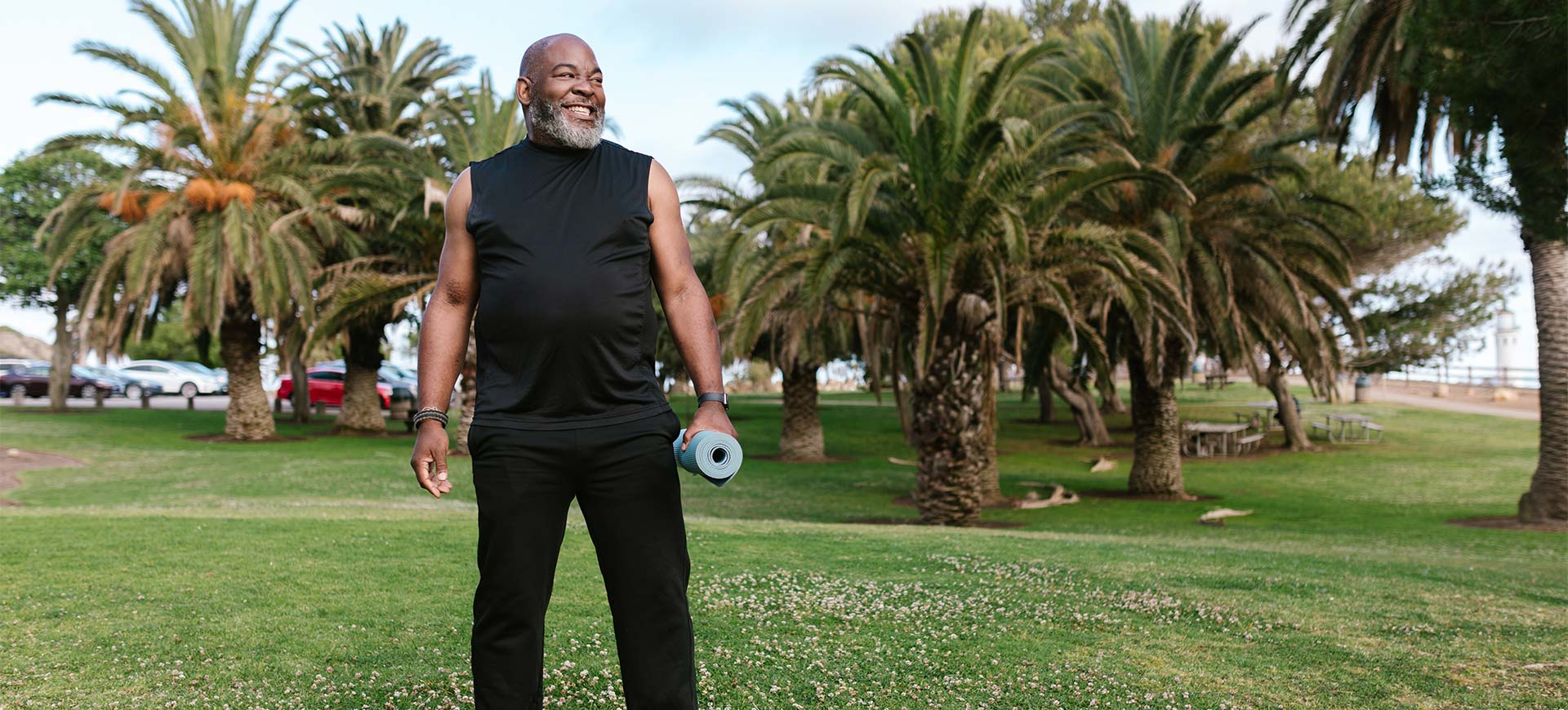
Five Things They Don’t Teach you on a 200 Hours Yoga Teacher Training
When I began my yoga journey a decade ago, I couldn’t wait to begin my yoga teacher training. At the time, I remember thinking that 200 hours seemed like a lot of hours! I couldn’t wait to dive into it all; the philosophy, anatomy, the chance to immerse myself in what I loved to practice, and to help others find that love, too! However, when I came out of the other side of my 200 hours, I remember feeling a combination of “I can’t wait to get started!” and “woah, do I really feel ready to do this?”
Compared to other trainings, 200 hours isn’t a lot at all; in comparison to similar careers in the fitness and wellness industry, to become a certified fitness instructor in the UK, it can take anywhere from eight weeks of intensive training to two years or more. So, if you’ve come out of your 200 hours training feeling lacking, chances are, you’re not the only one.
So here are five things that they don’t teach you in (most) 200 hours Yoga Teacher Training Courses:
How to make your Yoga more inclusive.
Some of the more up-to-date trainings out there have started to get savvy around the theme of inclusivity in Yoga following the pandemic. However, there are still a lot of yoga trainings out there that skimp on the details when it comes to how to make your yoga more accessible. Yes, we’ve all learned about the benefits of props, but what about disabled yogis, neurodiverse yogis, pregnant yogis, or a case of bad knees? A 200 hours training doesn’t always have time to go into the specifics of these conditions, and many others. There are many good resources out there for how to make your yoga more inclusive; if you’re more of a reader, check out Jess Glenny’s The Yoga Teacher Mentor. Another alternative is to approach your yoga teachers and ask if they offer a mentoring programme. Look at the knowledge, experience, and skills they offer, to help you decide if these align with your own goals.
They can draw on their years of experience to help you understand concepts that may have otherwise taken years of figuring it out on your own.
How to confidently address a room of students.
I was one of the lucky students; walking into my yoga teacher training, I already had a wealth of experience teaching others from my days of being a school teacher. But it took me a long time to get comfortable with walking into a room of expectant students and being able to smile, be confident and know what I was doing (or at least appear to know!) The truth is, many students finish their yoga teacher training and just never teach that first solo class because of the discomfort of being at the front, with the “all-eyes-on-me” position it puts you in. If this is you, why not reach out to your nearby yoga studio and ask if you can come along and “shadow” any willing yoga teachers, perhaps even offer your services as a cover teacher or teaching assistant in exchange for the experience. The more you practice putting yourself in front of others, the easier it will become. Why not round up a group of friends and offer them free yoga (that’s how I began my studio, by the way!)
How to make your classes progressive for all abilities.
This one is definitely not taught on a 200 hours course (in most cases!), as it is somewhat dependent on the type of classes you’re willing to offer and the type of students you’re expecting to draw in. Sure, you’ve learned the poses, and maybe even how to sequence them in a particular way, but you’re not going to grow as a yoga teacher (or as a business!) if you just teach the same routine week in, week out! Although this might be beneficial to a group of students new to yoga, over time, they’re going to want to progress beyond this. More experienced yogis may crave a sense of progression in their physical practice, and knowing how and when to progress your yoga classes is important to avoid stagnation and over-familiarity. A really good sequencing resource that I have found useful is Stephen’s book Yoga Sequencing.
How to find a yoga teacher mentor.
A lot of students tend to stick to the studio that they did their initial training at, when finding a mentor. But there’s absolutely nothing wrong with branching out and finding a completely new yoga teacher. In fact, I would actively encourage all yogis, no matter how experienced, to do this at some point on their journey. There’s nothing quite like breathing a fresh breath of life into your practice by going to a completely different style of yoga class than what you’re used to. You might love it, hate it, or be indifferent to the experience, but it is an important step in finding your own style, voice and teaching methodology. When I was a school teacher, I visited many other schools to share and learn good teaching practices and how to incorporate these into my own teaching style – why would this not also be applicable to other teaching practices such as yoga?
If you like a particular teacher’s style, why not reach out to them and see if they can offer you a mentoring programme? A great mentor can offer you the ability to find a deeper, meaningful connection to your practice, as well as new ideas and a fresh perspective. They can draw on their years of experience to help you understand concepts that may have otherwise taken years of figuring it out on your own. Most importantly, a great mentor will challenge you, helping you to set courageous goals whilst supporting you appropriately throughout this process.
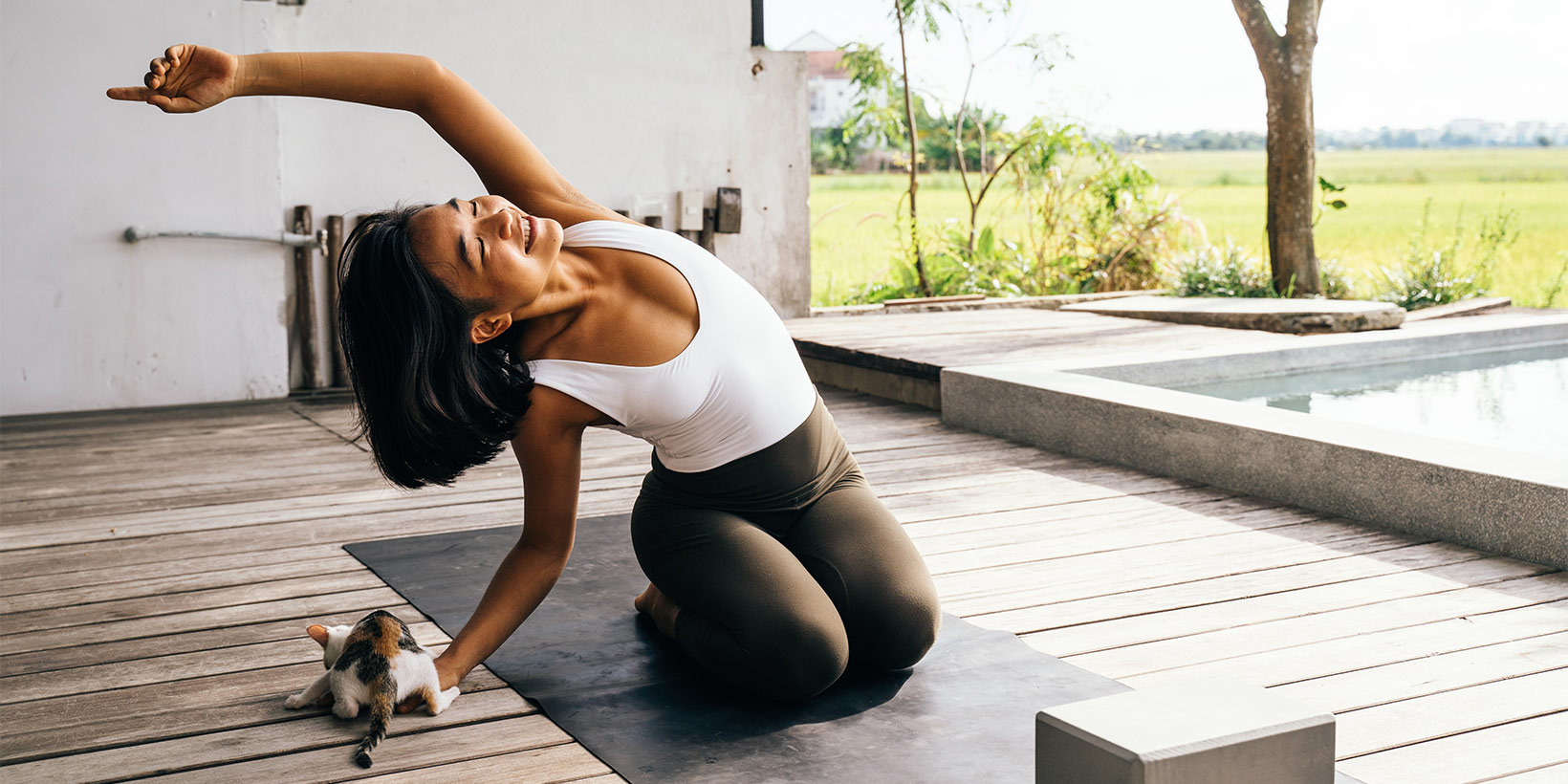
How to find the love when the bills start piling up.
According to the Global Health and Fitness Association, IHRSA, 81% of start-up fitness studios fail in their first year. And in the UK, 60% of all businesses don’t make it past three years. I’ve had many conversations with yoga teachers who have said there have been times when the love for their craft just wasn’t enough to keep a roof over their heads. And with an ever-growing, saturated market, it is becoming increasingly difficult to jump with two feet into a successful Yoga business. Many teachers end up quitting from burnout when trying to teach too many classes just to pay the bills or are tied into non-compete contracts, meaning that if they work for a studio, they can’t leave and take all their hard-earned clients with them. Many take second or even third jobs, leading to exhaustion. It’s easy to see why those percentage stats are so high now. So, what is the solution?
I have found that many yoga teachers are in a rush to grow their business too quickly, and this is what can lead to failure. It takes time for people to build up trust in your services, so you need to be consistent and realistic in what your expectations are. Maybe you can’t drop your career just yet – why not just teach one class a week? Use booking systems like Momoyoga to help save you time when setting up your classes. Work out what your bottom line is – how much you need to be making each month to pay your bills and have a bit spare to spend or save. And if you think you’ve bitten off more than you can chew already? There’s no shame in stripping back to the basics – a lot of businesses are having to rethink their growth strategies following the pandemic and rising costs of living.
Final thoughts
Finally, it is important to recognise that finding your own feet as a yoga teacher is very much an organic process, which to some extent can be supported by mentors, literature and talking to other yoga teachers about their experiences, and what has and hasn’t worked for them. That said, sometimes, we need to try things out for ourselves to learn what resonates with us (and what doesn’t), making plenty of mistakes and learning from these experiences along the way. If mentoring isn’t an option for you at this time, the most important thing you can do for yourself as a yoga teacher is to keep up your own personal practice. This could look like a daily home practice or even attending one or two yoga classes a week as a student! Try to come away from that teacher voice in your head that says, “Oh, that’s a nice transition”, or “maybe I could use that in my next class” and just enjoy the practice in the same way you did when you first discovered yoga. A 200 hours’ yoga teaching course will give you a good starting point to your yoga teacher journey, but it is far from being the end point and that’s through no failing of its own – it’s just not enough hours to fully develop as a yoga teacher. There’s so much more out there to learn and there are many opportunities to take your teaching in a new direction.
